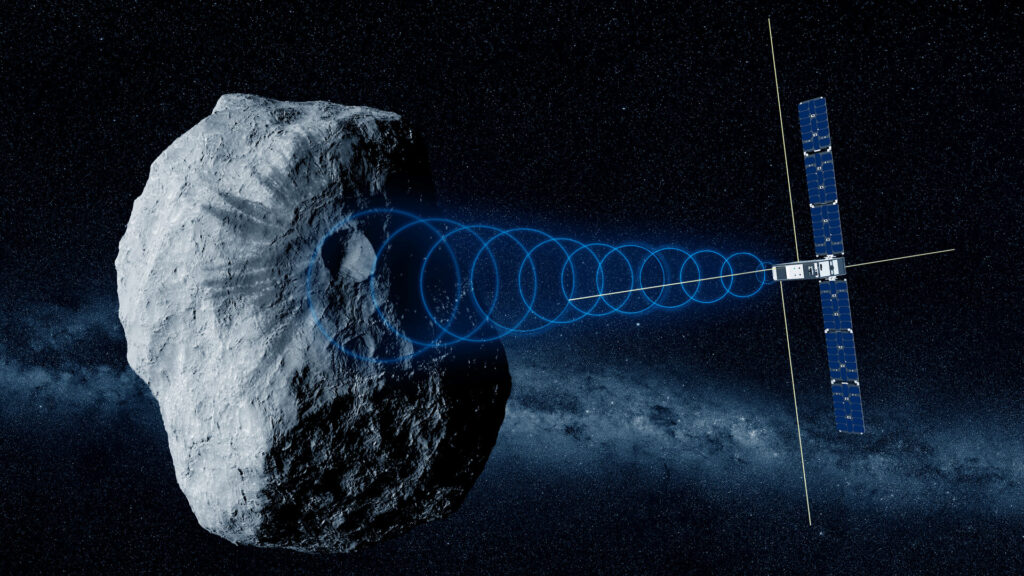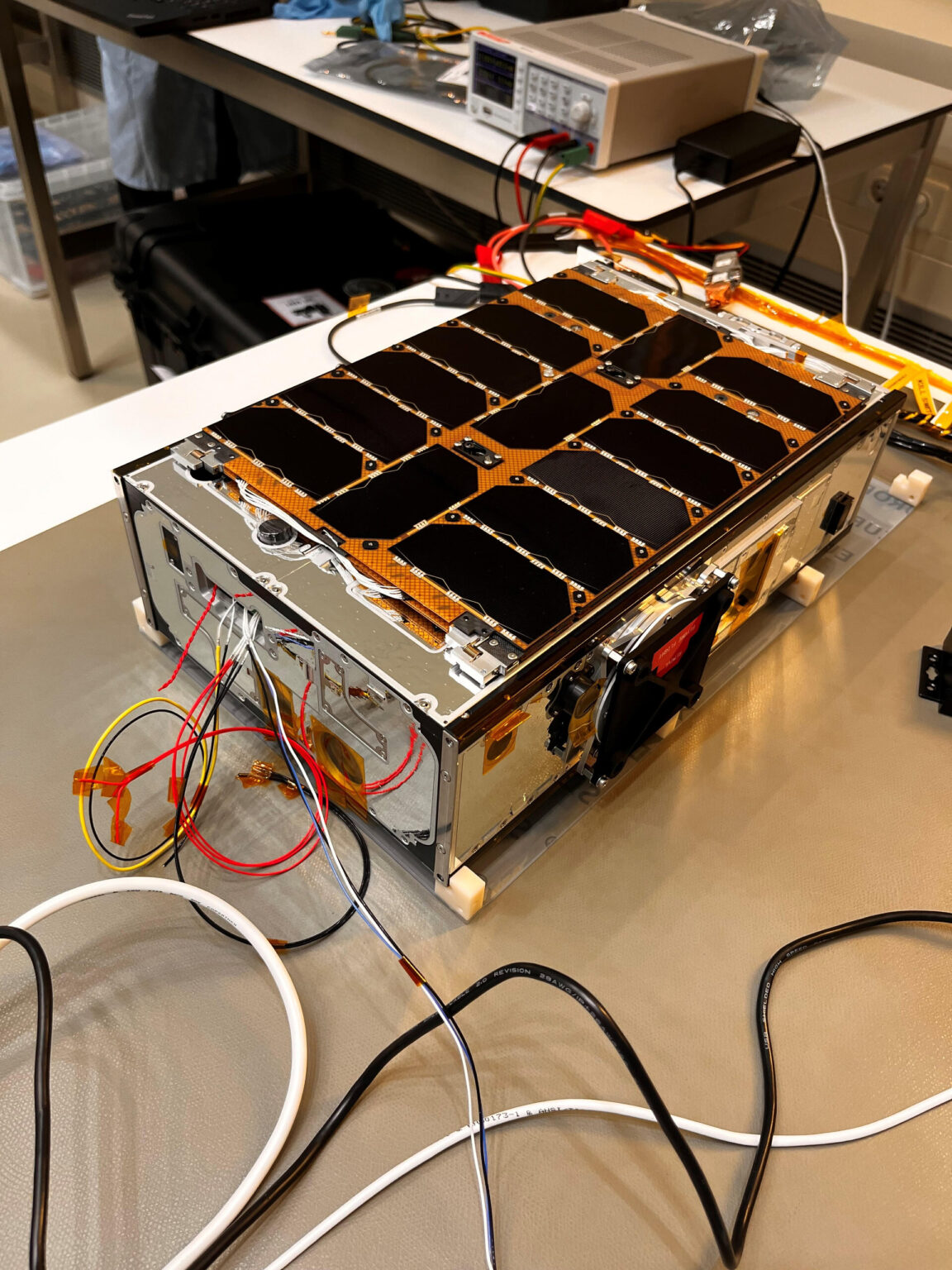The Luxembourg company GomSpace has transferred the Juventas satellite to ESA. It will go into space as part of the Hera mission.

The goal of the Hera mission is the double asteroid Didymos. It was chosen as the target of an experiment to change the orbit of celestial bodies. In 2022, a NASA-built DART probe crashed into its moon Dimorphos. The impact led to the release of thousands of tons of matter and a change in the asteroid’s orbital period.
Hera will have to study the impact of the space bombardment on a pair of asteroids, as well as check whether a crater remains on the surface of the Dimorphos. The spacecraft will not be doing this alone. Hera will take a couple of fellow travelers with it — vehicles created on the basis of the Cubesat platform, which will separate from it after arriving at the target. The first one is called Milani (we have already talked about it in detail), the second one is Juventas.

The dimensions of Juventas are 37x23x10 cm. After separation from Hera, the moon will enter an orbit running parallel to the Dimorphos terminator line, after which it will conduct a comprehensive study of its internal structure. The Jura low-frequency radar will help it in this. At the moment, it is the smallest such system designed for use in space. According to experts, the main problem for them was the heat generated by the instrument. They had to work hard to achieve the desired thermal balance of the satellite.
Jura signals will be transmitted from a quartet of 1.5 m long antennas, which exceeds the length of Juventas itself. The spacecraft will also be equipped with a lidar, a navigation camera and an inter-satellite communication system.
Since the asteroid’s gravity is extremely low, the orbital velocity of Juventas will be only a few centimeters per second. Therefore, at the end of their mission, engineers will try to land the cubesat on the surface of the asteroid. If successful, Juventas will then activate its second scientific instrument, the GRASS gravimeter. It will then have to record any shifts in surface gravity caused by the influence of the nearby asteroid Didymos. It is expected that the data collected by GRASS will allow scientists to determine the exact mass of the Dimorphos.
The Hera mission will be launched in the autumn of 2024. Its arrival to Didymos and Dimorphos will take place at the end of 2026.
According to https://www.esa.int
Follow us on Twitter to get the most interesting space news in time
https://twitter.com/ust_magazine


